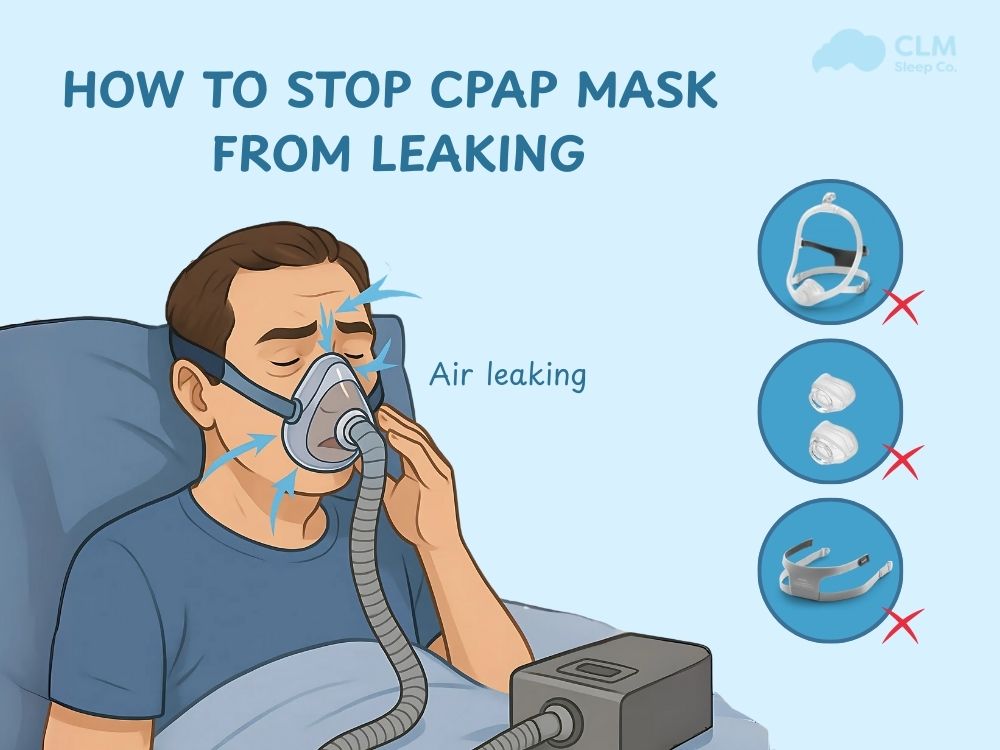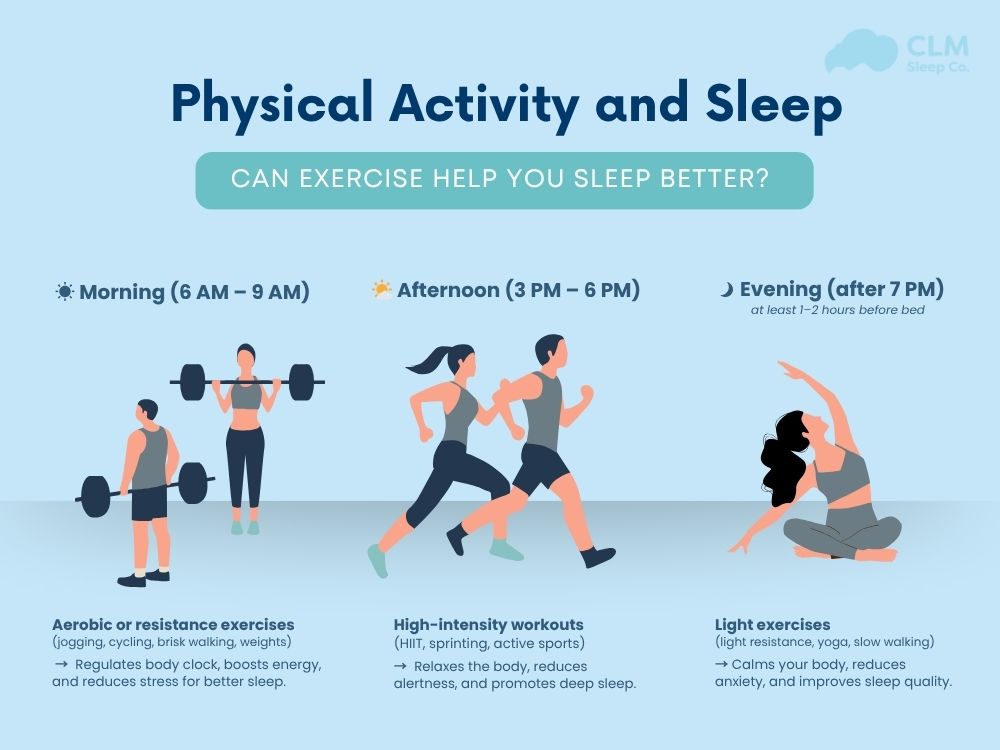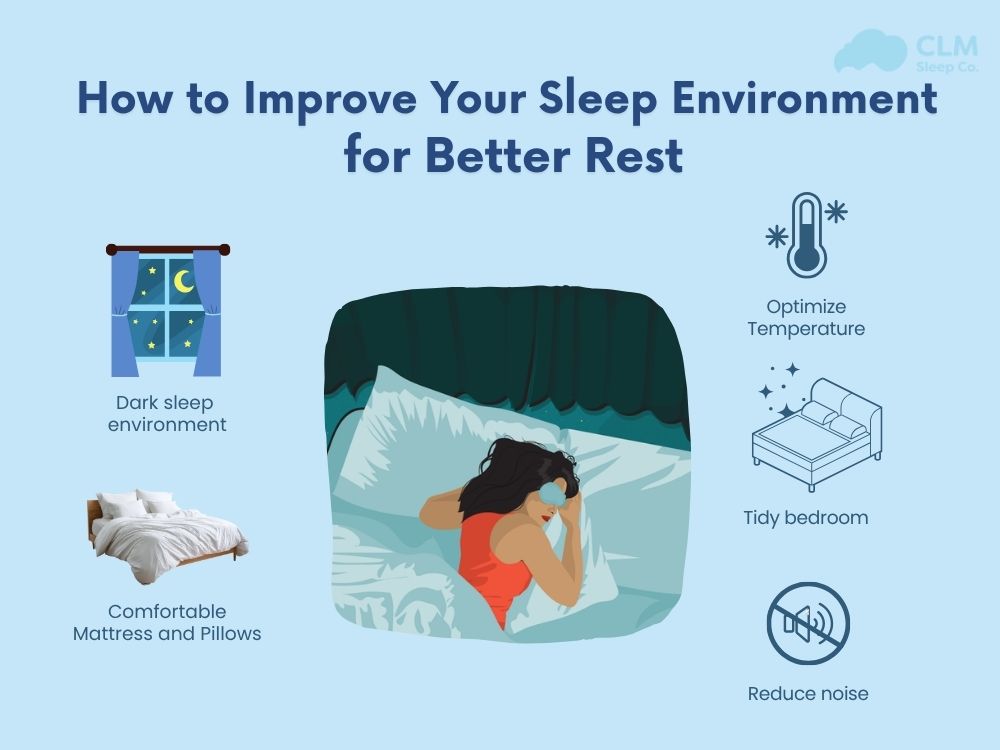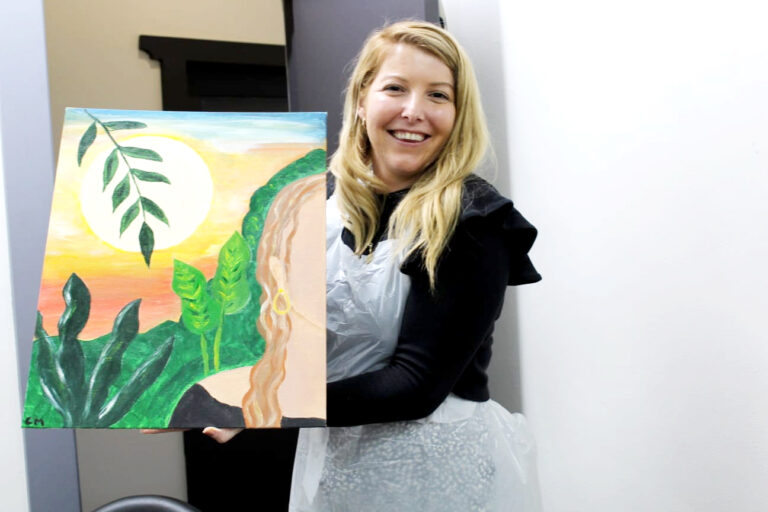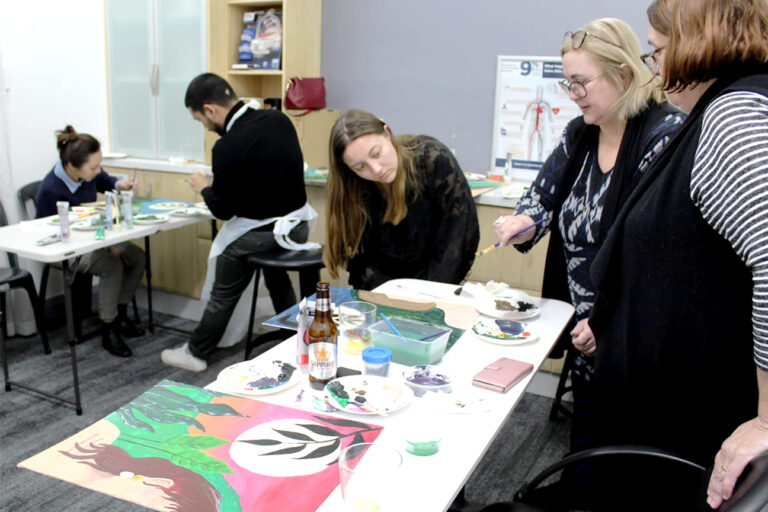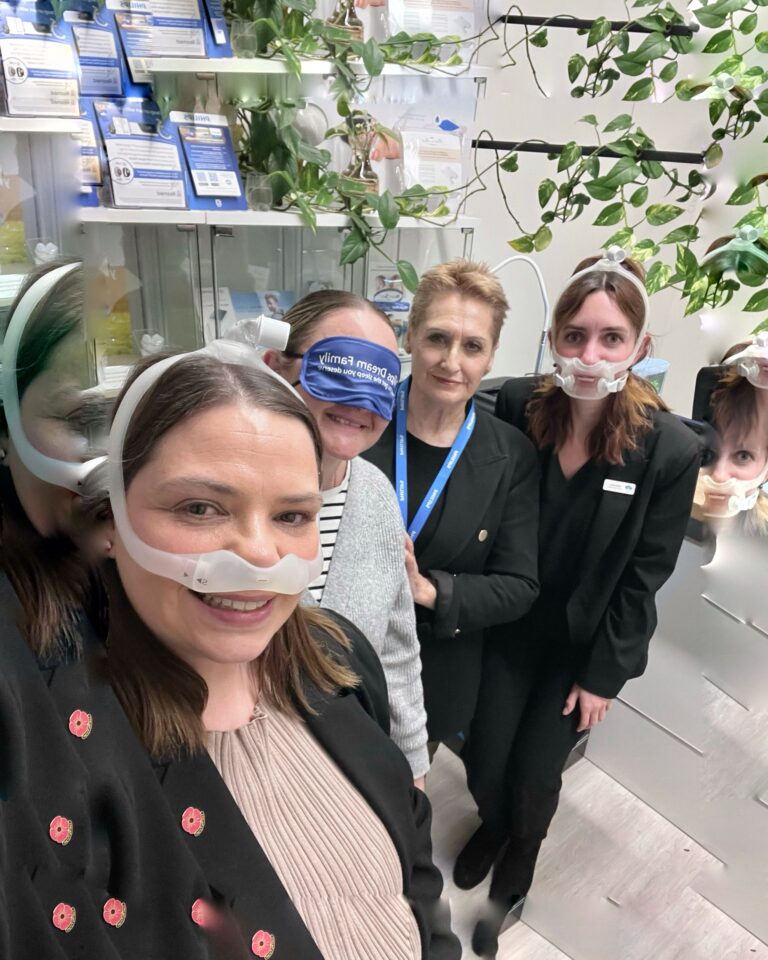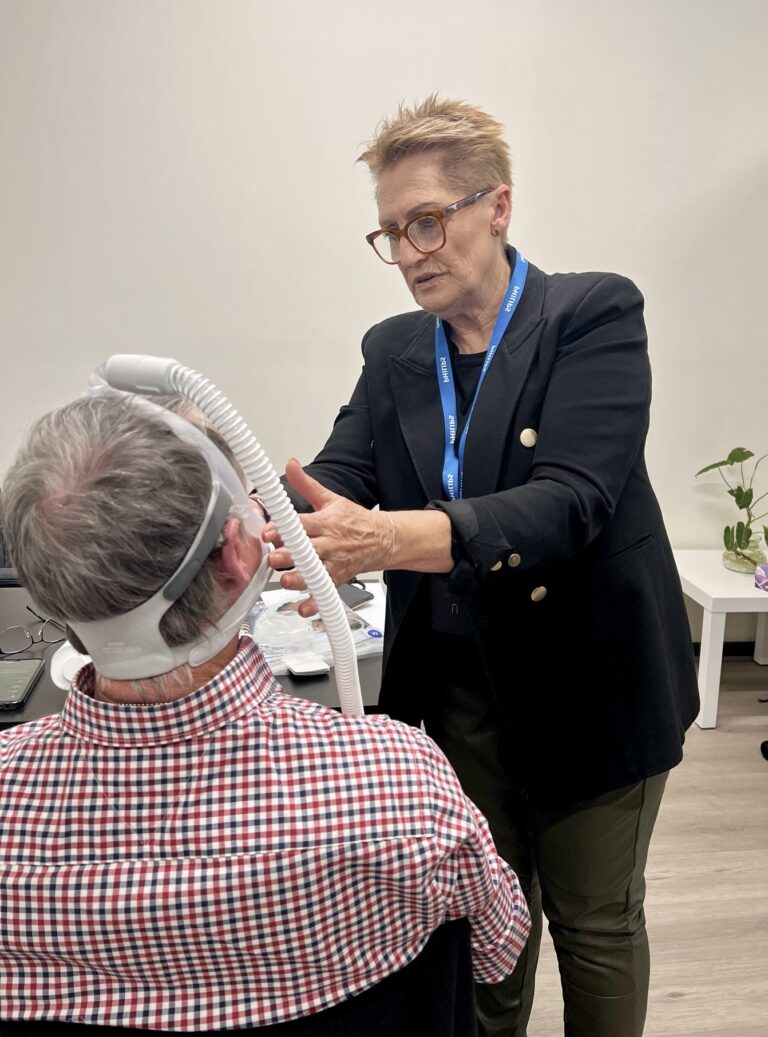Air leaks from the CPAP mask are quite common in many patients who use CPAP machines to treat sleep apnea. Your mask may leak around the bridge of your nose, into your eyes, out of your mouth, or at the connection between the tube and the elbow. If you feel something unusual when using it, it’s important to identify the cause for timely correction, to avoid reducing its effectiveness. In this article, CLM Sleep will help you understand the condition you’re experiencing and how to stop your CPAP mask from leaking.
The Dangers of a Leaking CPAP Mask
The biggest impact of a leaking CPAP mask is that it reduces the effectiveness of sleep apnea treatment. When air escapes, the CPAP pressure is no longer sufficient to keep the airway open, leading to interrupted sleep, daytime sleepiness, fatigue, and an increased risk of cardiovascular problems or high blood pressure.
Additionally, air leaks can cause discomfort due to air entering the eyes, causing tearing, air entering the mouth, leading to a dry throat, or creating a whistling sound that disrupts the sleep of both you and your roommate, and can even irritate the skin around the mask. If this continues, many patients will find CPAP therapy unsuitable and will not want to continue treatment. However, to date, CPAP therapy is still considered the most effective for patients with sleep apnea. Therefore, addressing mask leaks early is extremely important for deep sleep and ensuring treatment effectiveness. Overall, the dangers of a leaking CPAP mask include:
- Reduced effectiveness of Sleep Apnea treatment
- Causes discomfort and disrupts sleep
- Dry mouth and dry nose
- Creating noise that affects those around you
- Increases the risk of skin irritation or damage
- Discontinue CPAP therapy
How to Identify Why Your CPAP Mask Is Leaking
A leaking CPAP mask can show up in many different ways, depending on where the leak occurs, when it happens, or how it feels while you’re using the device. Understanding these signs will help you pinpoint the cause and find the right fix.
Leak Location Indicators
- Leak at the elbow or hose connection is usually caused by a loose joint, worn O-ring, or cracks in the tubing.
- Air leaking around the eyes or forehead is often due to a poor fit at the bridge of the nose, a shifted headgear strap, or a worn cushion.
- Leak at the mouth area (with a nasal mask) is common if you breathe through your mouth while sleeping, do not use a chin strap, or need to switch to a full-face mask.
- Leak from the sides or cheeks happens when the mask is too loose, the straps are overstretched, or your sleeping position pushes the mask out of place.
Timing Clues
- Mask leaks after a few hours of sleep may happen because the headgear slips as you change positions, the cushion warms up and loses its seal, or sweat and skin oils reduce its grip.
- Leaks right when you first put the mask on are usually a sign of wearing the wrong mask size or not fitting it correctly.
Sensation or Experience
- Dry or irritated eyes are usually caused by air escaping upwards.
- Dry mouth in the morning indicates air leakage from the mouth or CPAP pressure set too high.
- Whistling or hissing sounds at night suggest a gap in the mask or tubing, or a blocked vent causing uneven airflow.
- Excessive noise that disturbs your bed partner is often linked to large leaks from the cushion or hose.
Device-Related Signs
- Tubing that feels loose or disconnects at night is often the result of a weak connection or old tubing.
- Pressure that feels weaker than usual may indicate a major leak in the mask or tubing.
- Frequent mask leak alerts on your CPAP device, especially if you use myAir or smart tracking, show that leakage has gone beyond acceptable limits.
By recognising these signs, you’ll be able to identify the root cause of your CPAP mask leaks and take steps to fix them before they affect your therapy.
How to Stop CPAP Mask from Leaking
Stopping CPAP mask leaks is all about finding the right balance between a good fit, proper maintenance, and the right accessories. Small changes in how you wear, clean, or replace your equipment can make a big difference in comfort and treatment effectiveness. Below are some of the most practical solutions you can try to keep your mask sealed properly and enjoy better sleep.
Choosing the Right Mask Fit
Selecting the correct mask size and style is the first step to preventing leaks. A mask that is too large or too small will not seal properly, no matter how tight the straps are. It’s important to try different options, such as nasal, nasal pillow, or full-face masks, to find the one that suits your facial structure and breathing habits best.
Cleaning the CPAP Mask Regularly
Daily cleaning of your mask and cushion helps maintain the seal and prevents buildup of skin oils, sweat and dirt which can reduce grip and cause leaks. Use mild soap and warm water then let the mask air dry completely before use.
Replacing Accessories on Schedule
Cushion headgear and tubing wear out over time and lose their ability to maintain a proper seal. Following the recommended replacement schedule such as every three to six months for cushions ensures your equipment works effectively and minimises the risk of leaks.
Wearing a Chin Strap
If you use a nasal or nasal pillow mask but tend to breathe through your mouth while sleeping, wearing a chin strap can help keep your mouth closed and prevent air leaks. In some cases switching to a full face mask may be a better long term solution.
Best CPAP Mask to Prevent Leaks
Choosing the right CPAP mask is one of the most effective ways to minimise or even eliminate leaks. Because each person has unique breathing habits and comfort preferences, it is important to take the time to evaluate your options if you want to learn how to stop CPAP mask from leaking effectively.
Full face masks are ideal if you breathe through your mouth or often experience nasal congestion. Nasal masks provide a balanced option, covering only the nose while remaining lightweight. Nasal pillow masks are the most minimal choice, offering less facial coverage and greater freedom of movement.
Getting the correct size is just as important as choosing the right style. A mask that is too small can feel tight and leave gaps, while a mask that is too large may slip during sleep. Many CPAP suppliers offer sizing templates or fitting kits to make selection easier.
The cushion material also affects comfort and sealing. Silicone cushions are flexible and commonly used, whereas memory foam cushions adapt more closely to facial contours and can provide a softer, more personalised seal.
In the end, the best CPAP mask is the one that matches your sleeping style, fits your face well, and is comfortable enough to wear through the night. Taking the time to choose carefully will not only reduce leaks but also make CPAP therapy more effective and restful.
Conclusion
Dealing with CPAP mask leaks can be frustrating. Learning how to stop CPAP mask from leaking is actually simple. Pay attention to the signs, find out the cause, and apply practical solutions. Choose a mask that fits well, keep it clean, replace parts when needed, and use a chin strap if required. These small changes bring more comfort, help your CPAP therapy work effectively, and improve your sleep quality for better long-term health.
